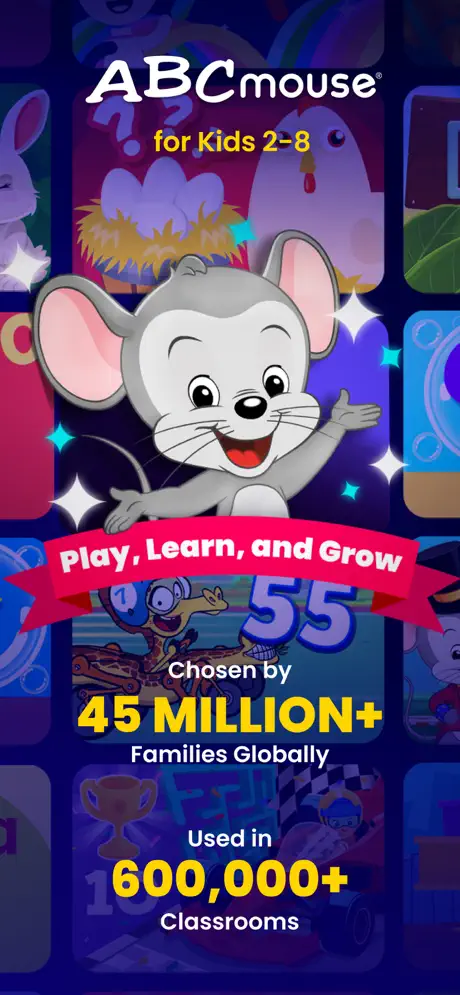Kindergarten is the beginning of a child’s journey in the world of systematic learning. It is where innocence takes over, and the building blocks of education are laid, after which nothing looks the same ever again. Parents and teachers are also responsible for making learning interesting, enjoyable, and effective at this nascent stage.

Let’s learn about some engaging methods to improve basic learning at kindergarten through fun approaches, technology aids, and interactive exercises.
Why Early Learning Matters
Early learning is not merely reading and writing. It’s more about building thinking skills, social habits, and problem-solving skills. An effective kindergarten prep program prepares children to be confident learners and eases the transition to more advanced grades.
Learning Games for Kids: Fun Meets Education
Kids learn best when they play. Kids’ learning games are a great way to lay the groundwork with fundamental concepts without the stress of formal schooling. From matching shapes, puzzles, and memory games, these activities encourage curiosity and enhance concentration.
Video games and board games alike can be used to teach numbers, letters, and patterns in an enjoyable way. It’s easy for parents to integrate them into everyday life in order to reinforce classwork.
Alphabet Learning Made Easy
Recognizing letters and knowing sounds is one of the initial academic achievements of kindergartners. Alphabet learning doesn’t need to be dull when it can be interesting. Singing along with the ABC song, tracing fingers over the sand to write letters, or playing interactive alphabet games keeps children interested.
Applications and software programs today provide innovative means of teaching letters. Kids can listen and see interesting stories with animated characters, play games & learn to pronounce alphabet, words, etc.
Making Kindergarten Math Fun
The math here is more than merely counting. Kindergarten math involves recognizing numbers, simple addition and subtraction, knowing patterns, and comparing amounts.
Basic activities such as counting toys, identifying shapes in and around the house, or cooking with parents (measuring ingredients) can impart math in a natural manner. Number tracing, counting games, and engaging quizzes for young children are also made available by most apps.
The Power of a Kindergarten Learning App
In the modern world of high technology, a kindergarten learning app could be the best friend of a parent. These apps integrate videos, songs, interactive exercises, and games addressing anything from alphabet learning to kindergarten math.
A quality app gets kids to stay engaged with colourful images, rewards, and differentiated learning paths. It makes parents able to track progress and concentrate on areas in which the child requires more assistance.
There are even kindergarten prep classes available in some apps, ensuring children are well-prepared for the next level of academics.
Conclusion:
Making learning fun is everything to improve basic learning at kindergarten. By incorporating a combination of learning games for children, interactive alphabet learning, kindergarten math activities, and employing an effective kindergarten learning app, kids develop the skills necessary for future success.
When children love to learn, they do not simply memorize facts—they learn to love learning, questioning, and discovering the world around them throughout their entire lives. And that is the greatest present we can bestow upon our child learners!